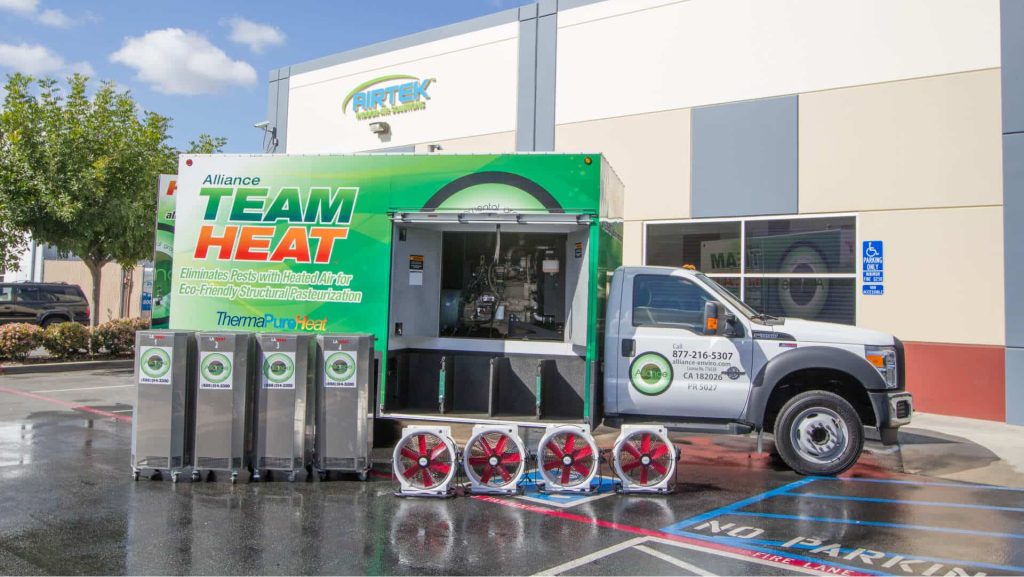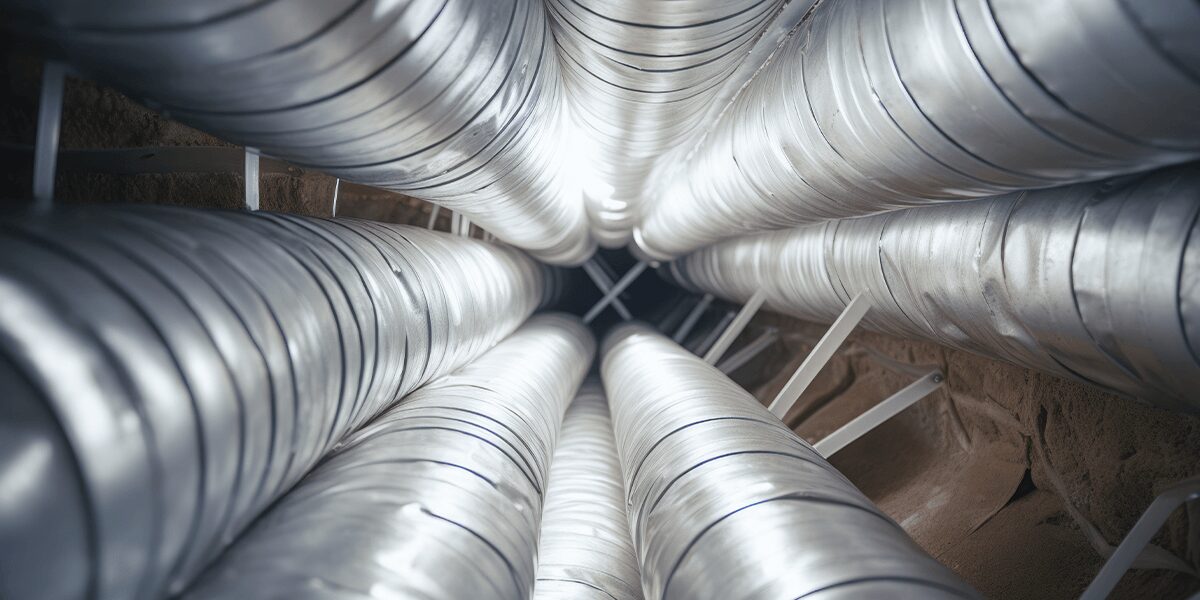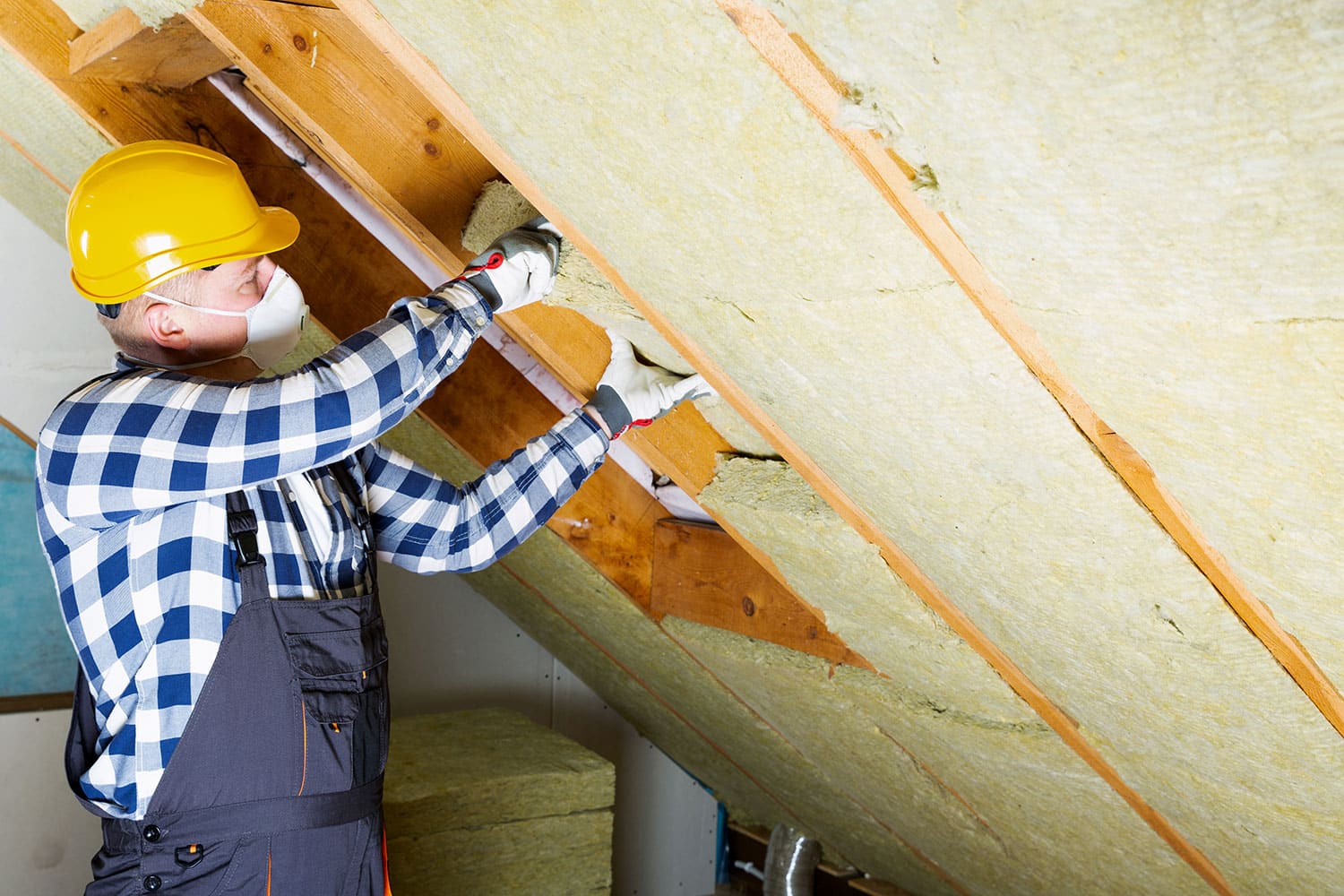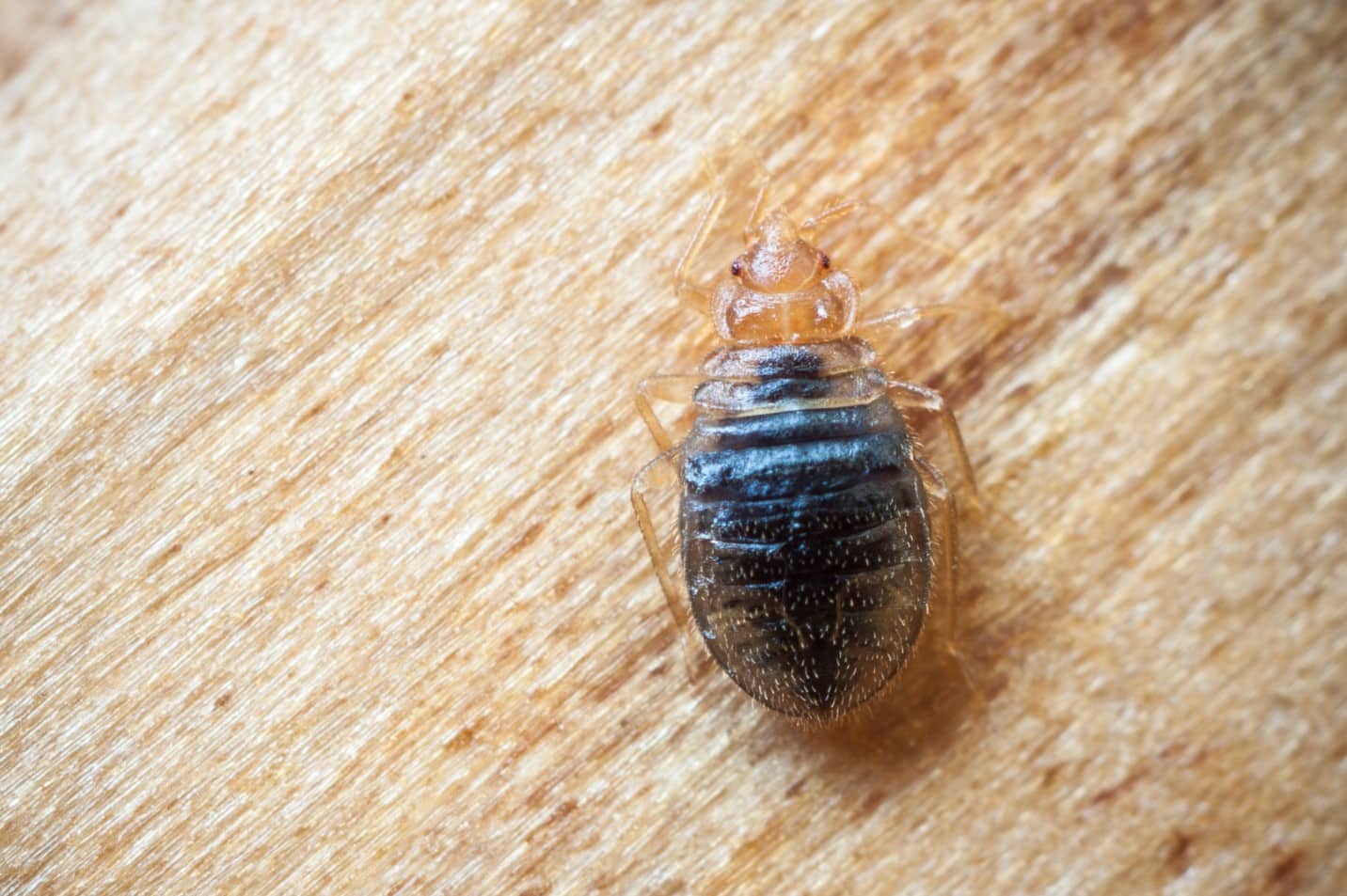In the summer of 2018, Alliance received a call from Mark Russell with California Termite Solutions representing a homeowner with a property in escrow. The homeowner needed to clear up a termite infestation before the sale could be closed. Looking to complete the sale within days, they did not have time to use a traditional chemical fumigation process that could take up to a week to complete. They needed the problem resolved, fast. That’s where Alliance stepped in.
In the summer of 2018, Alliance received a call from Mark Russell with California Termite Solutions representing a homeowner with a property in escrow. The homeowner needed to clear up a termite infestation before the sale could be closed. Looking to complete the sale within days, they did not have time to use a traditional chemical fumigation process that could take up to a week to complete. They needed the problem resolved, fast. That’s where Alliance stepped in.
The National Pest Management Association estimates that termites cause of $5 billion in property damage annually, most of which is not covered by homeowners’ insurance plans. Termites live in colonies that can range in size from a few thousand to several million, depending on their species. The largest colonies can eat up to a pound of wood per day, which can quickly cause significant damage to the structure of a home or business. A termite colony that goes unchecked can prevent a sale or possibly lead to a building being condemned. Thankfully, termites can be eradicated using a variety of methods. The fastest and most eco-friendly of these methods is heat.

After assessing the property, Alliance determined that the extermination could be executed in just one day. Alliance uses a non-chemical, non-toxic heating process to introduce clean, dry heat into a structure in order to eliminate drywood termites. This process doesn’t reach a temperature that will damage electronics, and it’s specially designed to kill termites, as well as bed bugs, mold, bacteria, and more. The heat level is about equivalent to the inside of a car on a hot summer day.
To perform the termite elimination process, our technicians tented off the structure, then gradually increased the temperature of the site to between 140 and 155 degrees Fahrenheit. The magic number is a wood core temperature of 120 degrees Fahrenheit. To ensure a complete kill of the whole termite colony, our techs maintained the temperature at or above this level for 90 minutes.
Unlike our heat treatment, fumigation works by saturating a building with pesticides until toxic chemicals permeate into the wood in the structure’s frame. This is a time-consuming process. In a situation where traditional fumigation would have taken three days or more to ensure complete colony eradication, Alliance’s non-toxic process got the job done in just eight hours. This quick process relieves some of the inconveniences typically associated with fumigation, such as displacement, loss of revenue, and finding accommodations.
After the procedure, Alliance conducted a thorough investigation of the Johnson Drive property and found no living termites, allowing the sale to move out of escrow and close.
Interested in heat treatment for your termite infestation?



